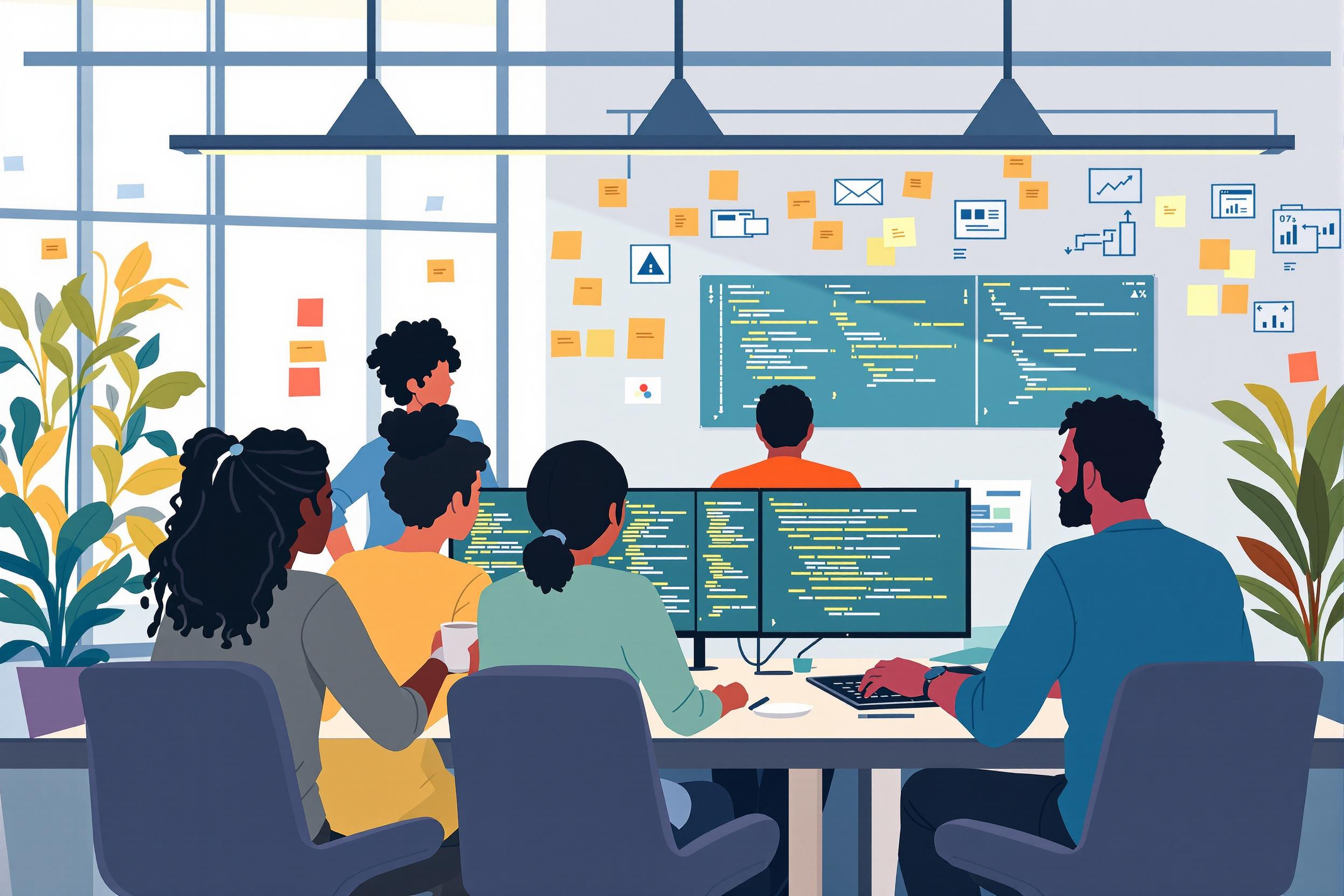
Dockerfile
A Dockerfile is like a recipe book that tells computers how to package and set up software applications. It's a text file that contains step-by-step instructions for creating what's called a 'container' - think of it as a complete, self-contained package that includes everything needed to run an application. This approach makes it much easier to move applications between different computers or servers while ensuring they work the same way everywhere. When you see Dockerfile mentioned in a resume, it usually indicates the person has experience with modern software deployment methods and understands how to package applications for easy distribution and running.
Examples in Resumes
Created Dockerfiles for standardizing development environments across team members
Optimized Dockerfile configurations to reduce container image sizes by 60%
Implemented multi-stage Dockerfiles to improve build efficiency and security
Maintained and updated Docker configurations and Dockerfiles for the company's microservices
Typical job title: "DevOps Engineers"
Also try searching for:
Where to Find DevOps Engineers
Online Communities
Learning Resources
Professional Networks
Example Interview Questions
Senior Level Questions
Q: How would you optimize a Dockerfile to create smaller and more efficient container images?
Expected Answer: A strong answer should mention combining commands to reduce layers, removing unnecessary files, using multi-stage builds to separate build tools from runtime environment, and choosing appropriate base images.
Q: How do you handle security in Docker containers?
Expected Answer: Should discuss using official base images, regular updates, running containers as non-root users, scanning for vulnerabilities, and implementing least privilege principles.
Mid Level Questions
Q: What's the difference between COPY and ADD in a Dockerfile?
Expected Answer: Should explain that COPY is for simple file copying while ADD has additional features like auto-extracting archives and downloading from URLs, and when to use each.
Q: Explain multi-stage builds in Dockerfiles.
Expected Answer: Should describe how multi-stage builds help create smaller final images by using one stage for building and another for running the application, leaving build tools behind.
Junior Level Questions
Q: What is a Dockerfile and what is it used for?
Expected Answer: Should explain that a Dockerfile is a text file containing instructions for building a Docker image, like a recipe for setting up an application and its environment.
Q: What are the basic components of a Dockerfile?
Expected Answer: Should mention basic instructions like FROM (base image), COPY (adding files), RUN (executing commands), and CMD (default command to run).
Experience Level Indicators
Junior (0-2 years)
- Basic Dockerfile creation
- Understanding of basic Docker commands
- Can build and run simple containers
- Basic troubleshooting of container issues
Mid (2-4 years)
- Multi-stage Dockerfile creation
- Container optimization techniques
- Integration with CI/CD pipelines
- Container orchestration basics
Senior (4+ years)
- Advanced container security practices
- Container infrastructure design
- Performance optimization
- Mentoring and best practices implementation
Red Flags to Watch For
- No understanding of basic Docker concepts
- Cannot explain container benefits
- No experience with container security
- Lack of knowledge about image optimization
- No familiarity with container orchestration tools




